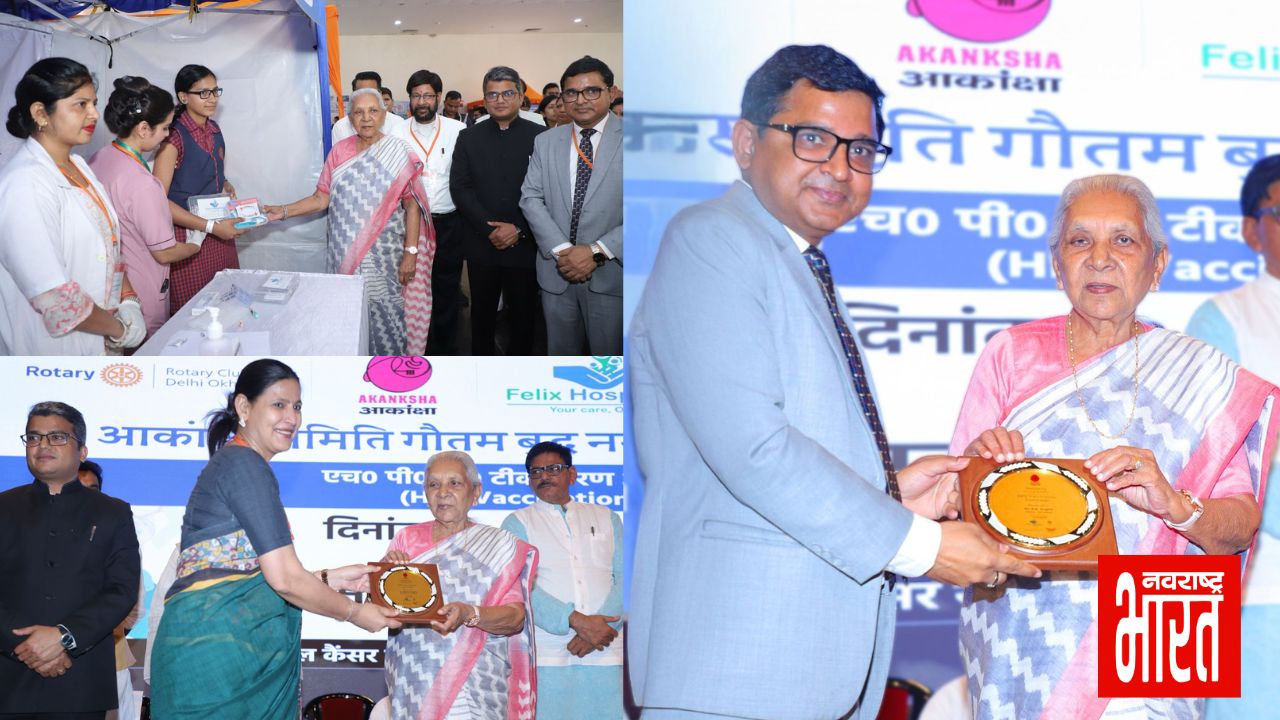
In today’s competitive and ever-changing environment, the traditional folk art of Mandana is gradually fading away. Only a few people remain who continue to keep this art alive, and they are in great need of preservation efforts. During Diwali, even in villages, it has become rare to see Mandana art, and it is slowly reaching the brink of extinction.
There was a time when most villages and towns celebrated Diwali by decorating mud houses with cow dung and clay. Women would start preparing a month in advance, collecting clay and cow dung to coat their homes’ floors and walls. Once dried, they would use a mixture of white chalk and red soil to create intricate Mandana designs on courtyards and walls, which not only enhanced the beauty of the home but also served as a low-cost decoration. Even in brick houses, these designs were commonly seen. However, with changing times, modern decorations and a competitive lifestyle have made this art form less prevalent. Today, mud houses have largely been replaced by brick houses, and people now rely on electric decorations, which has caused Mandana art to decline. Very few people have kept this tradition alive.Mandana art is an eco-friendly and nature-inspired art form. Although people still admire Mandana artwork, support for the artists who practice it has been scarce. Even government aid is lacking, and the lack of support is pushing artists to abandon this art.The designs in Mandana art are unique and created directly as they are drawn. With red and white clay, colorful motifs like flowers, leaves, peacocks, sun and moon symbols, and various wildlife figures are made, capturing the viewer’s attention. However, the rapid pace of modernization and the absence of support suggest that Mandana art may, unfortunately, soon exist only in pictures.
Sunil Joshi- Sawaimadhopur








































































































































































































































































































